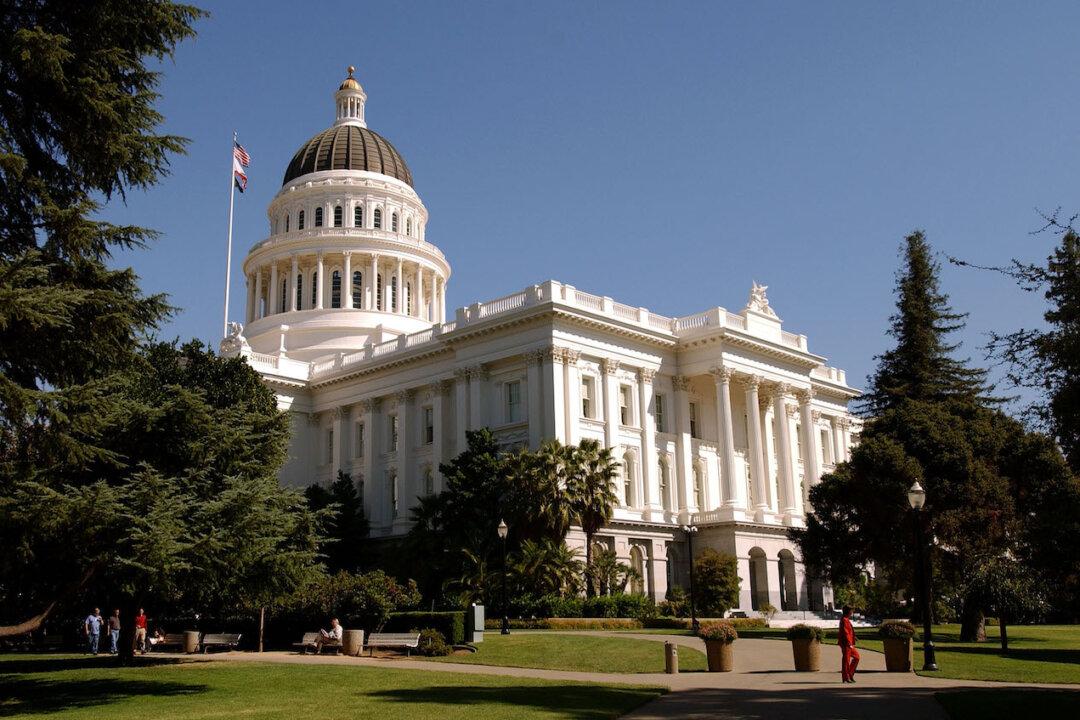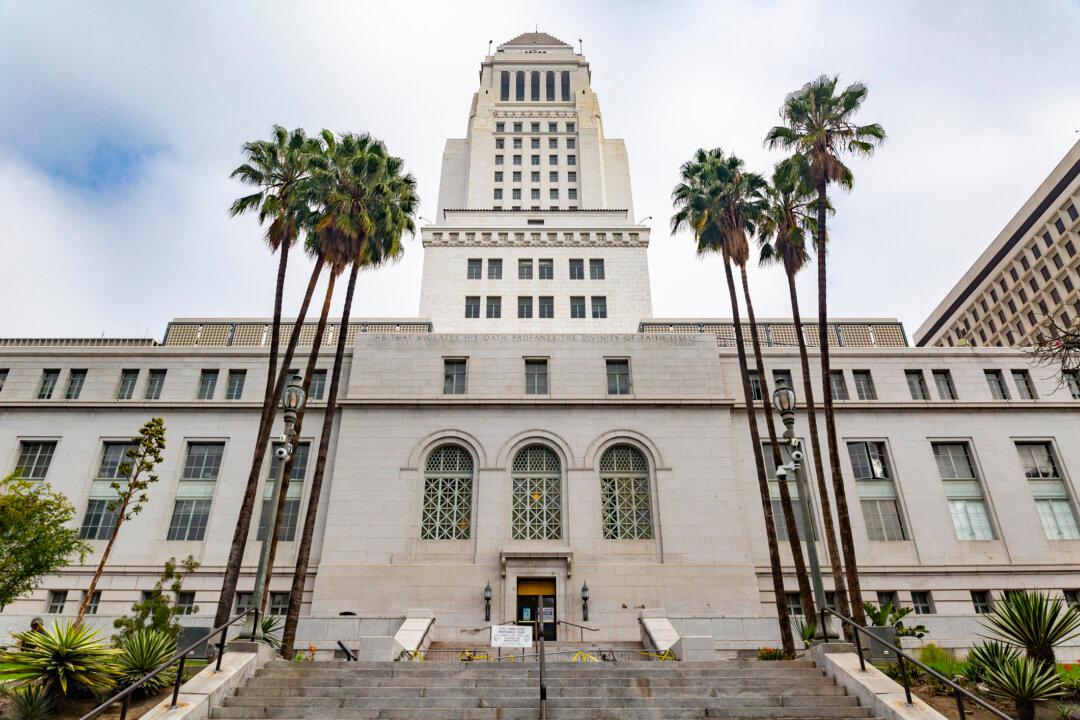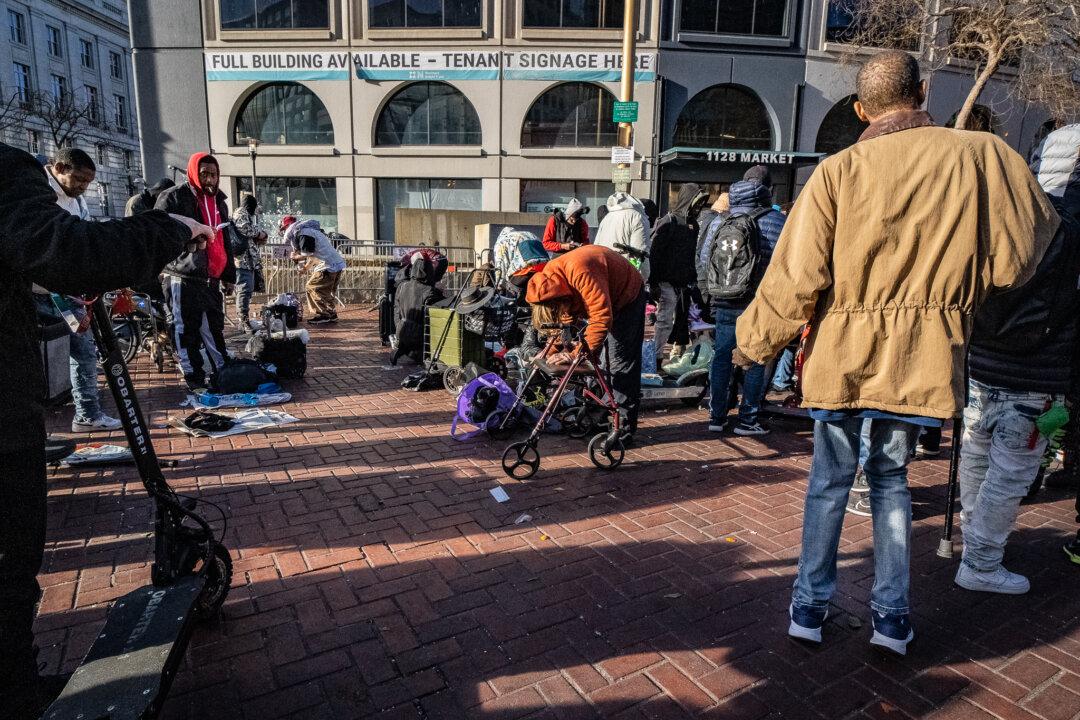California state lawmakers are preparing to demolish and reconstruct part of the state’s historic Capitol grounds to add more office space, at a cost of somewhere between $775 million to $1.2 billion, according to critics.
Since the Capitol Annex Project was approved without the Historic State Capitol Commission or comments from the public and surrounding native communities, stakeholders and small business owners are calling for transparency from the state legislature about the source of funding and how exactly it will be spent.





